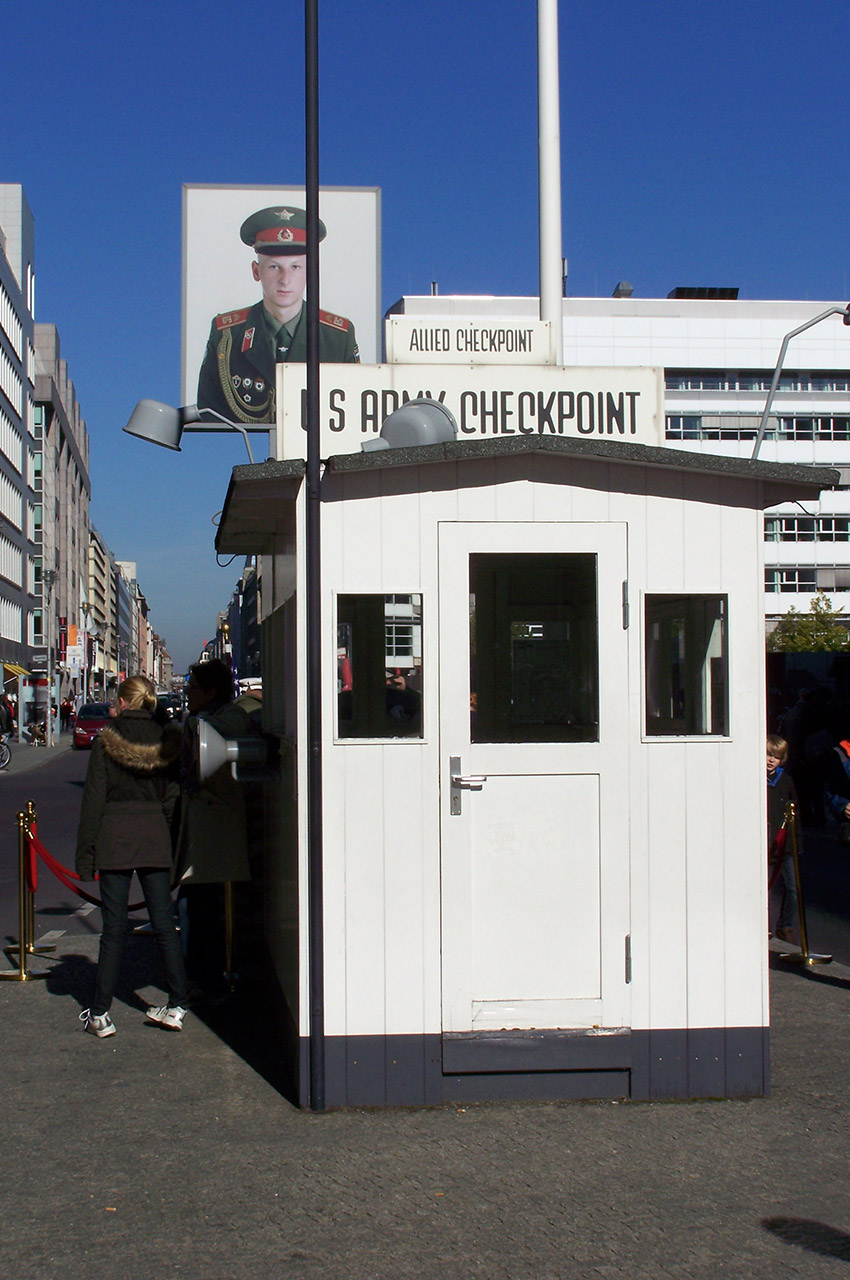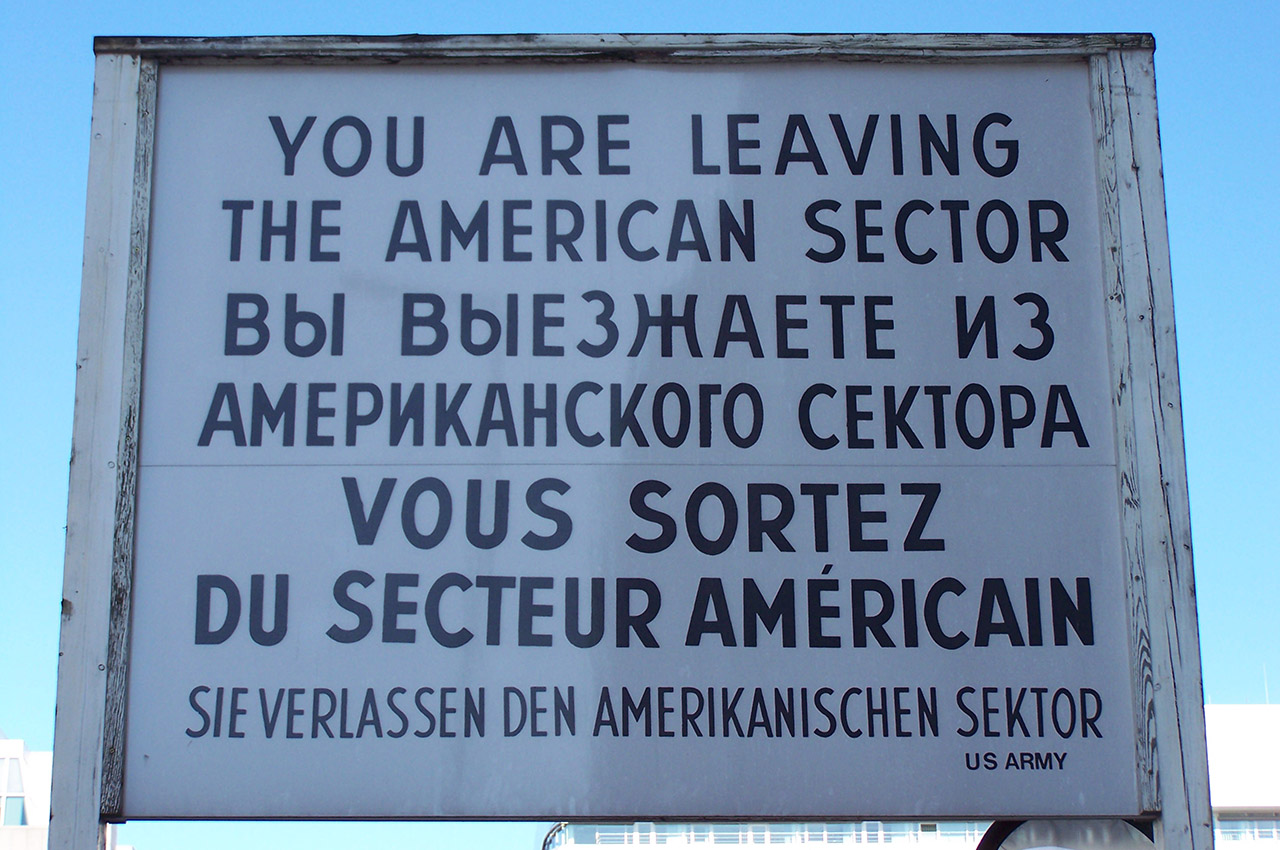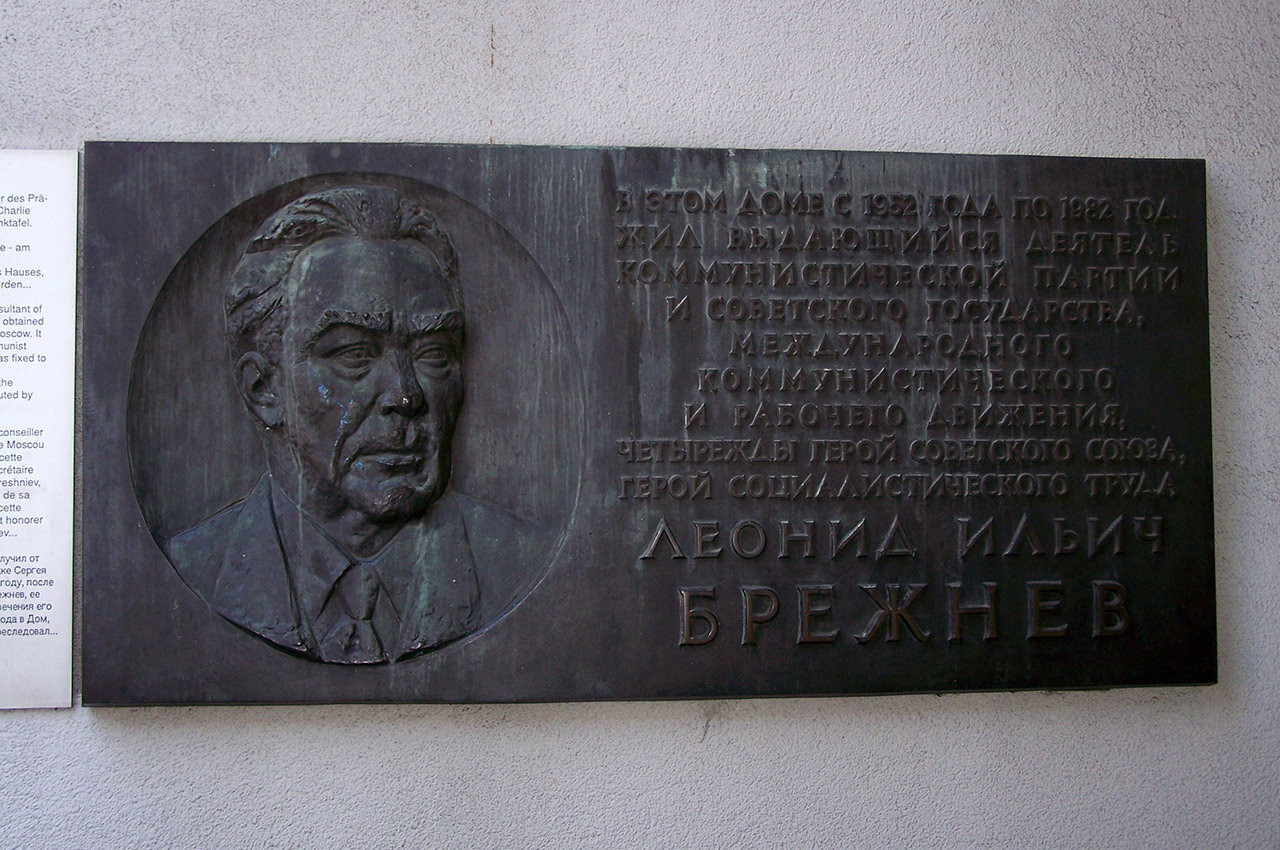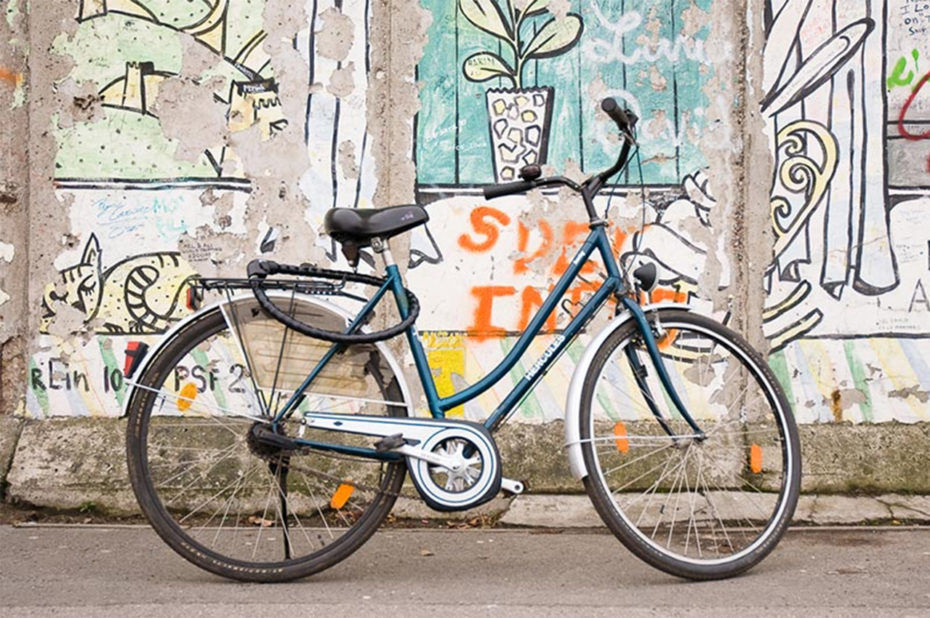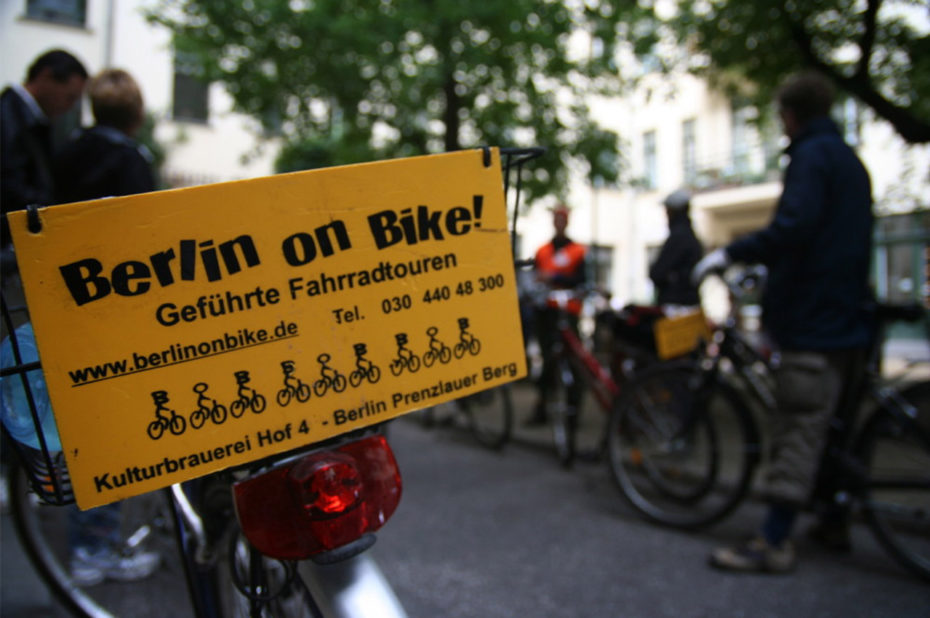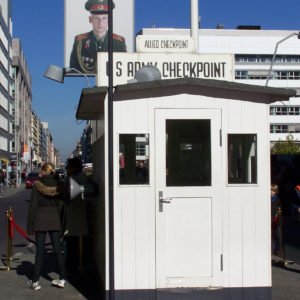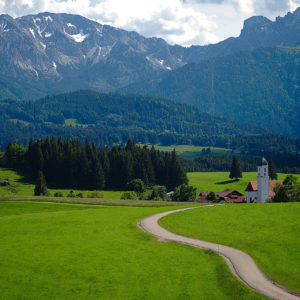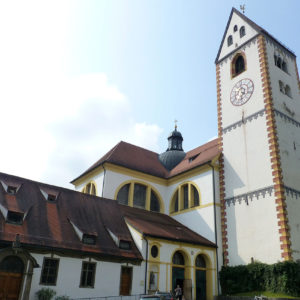25 September 2016
From 1961 to 1990, Western visitors wishing to spend a day in East Berlin had to show their credentials at Checkpoint Charlie, an American checkpoint. Today, a replica can be seen on this link, preceded by the famous sign: “You are leaving the American sector”.
